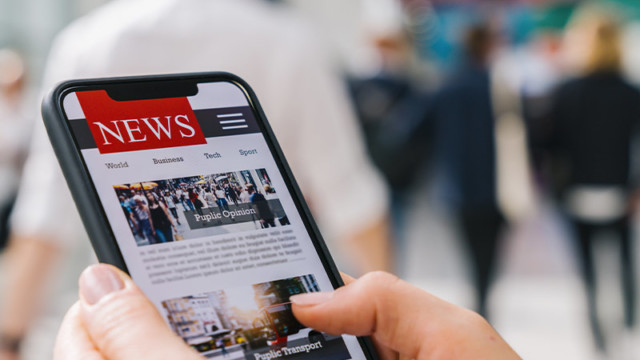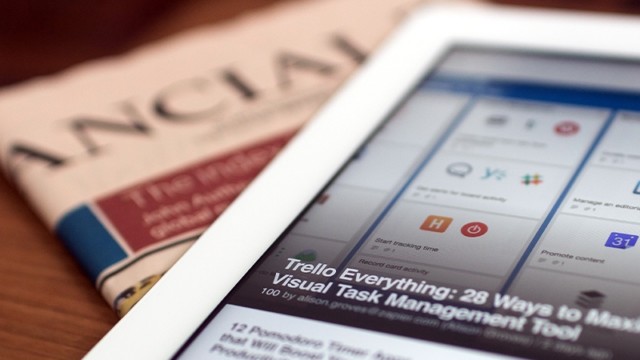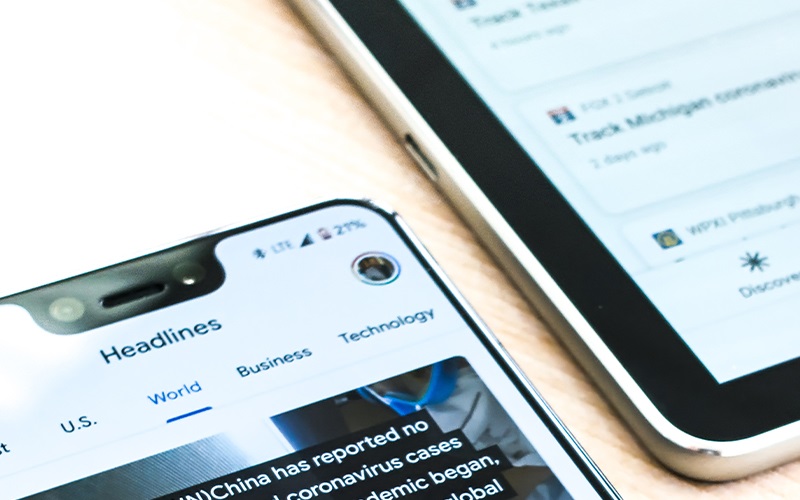Logistics Viewpoints: Mastering Profitable Omni-Channel Logistics, Despite Disruptions
This contributed story by Terence Leung, Senior Marketing Director with Blue Yonder, originally appeared in Logistics Viewpoints on Feb. 8, 2022. Excerpts from the story below. To see the full story LogisticsViewpoints.com.
If 2020 and if 2021 proved anything, it’s that the omni-channel selling environment is here to stay. As physical stores opened, shut down and re-opened again, consumers became more flexible in the way they shop for, and purchase, just about every product. Consumers have gotten used to the convenience and ease of online shopping, home delivery, curbside pickup, buy online/pick up in-store and other alternatives to the traditional in-store shopping experience.
According to a recent article in Forbes, 48% of consumers today prefer a hybrid shopping model that combines online and in-store components. For example, they might browse products online, but visit a brick-and-mortar store to finalize their selection. This new behavior means that manufacturers and retailers need to anticipate consumer needs across channels with more accuracy than ever. They need to deliver the right product to the right location at the right time, flawlessly, to fulfill ever-more volatile demand patterns and shopping behaviors.
In The News
- SiliconANGLE/theCUBE: “Road to Intelligent Data Apps” – Agentic Supply Chain Management

- Diginomica: Blue Yonder aims for ‘one speed’ supply chains with new AI and knowledge graph updatesDiginomica:

- Diginomica: Five key steps US businesses can take to prepare for tariffs

- Taking Stock With Trinity Chavez: Duncan Angove

- theCUBE + NYSE Wired: NRF Media Week – AI Retail Leaders (Duncan Angove)

Analyst Reports
- IDC Market Analysis Perspective: Middle East, Türkiye, and Africa Supply Chain Management Applications, 2024

- IDC Market Analysis Perspective: European Enterprise Applications, 2024

- IDC Worldwide Supply Chain Management Applications Market Shares, 2023: Maintained Focus

- IDC Worldwide Supply Chain Integrated Planning Applications Market Shares, 2023: Orchestration Extended

- IDC Worldwide Supply Chain Warehouse and Inventory Management Applications Market Shares, 2023: Warehouse Automation

Media Relations Inquiries
Marina Renneke, APR
Global Corporate Communications Senior Director
Rossella Benti
EMEA Corporate Communications Director
Meredith Mackintosh
NA Corporate Communications Manager
mediarelationsteam@blueyonder.com
480-308-3037
Analyst Relations Inquiries
Celeste White
Vice President, Global Analyst Relations
Sarah Hart
Program Director, Global Analyst Relations
Lindsey Hiefield
Program Manager, Global Analyst Relations
analyst.relations@blueyonder.com

